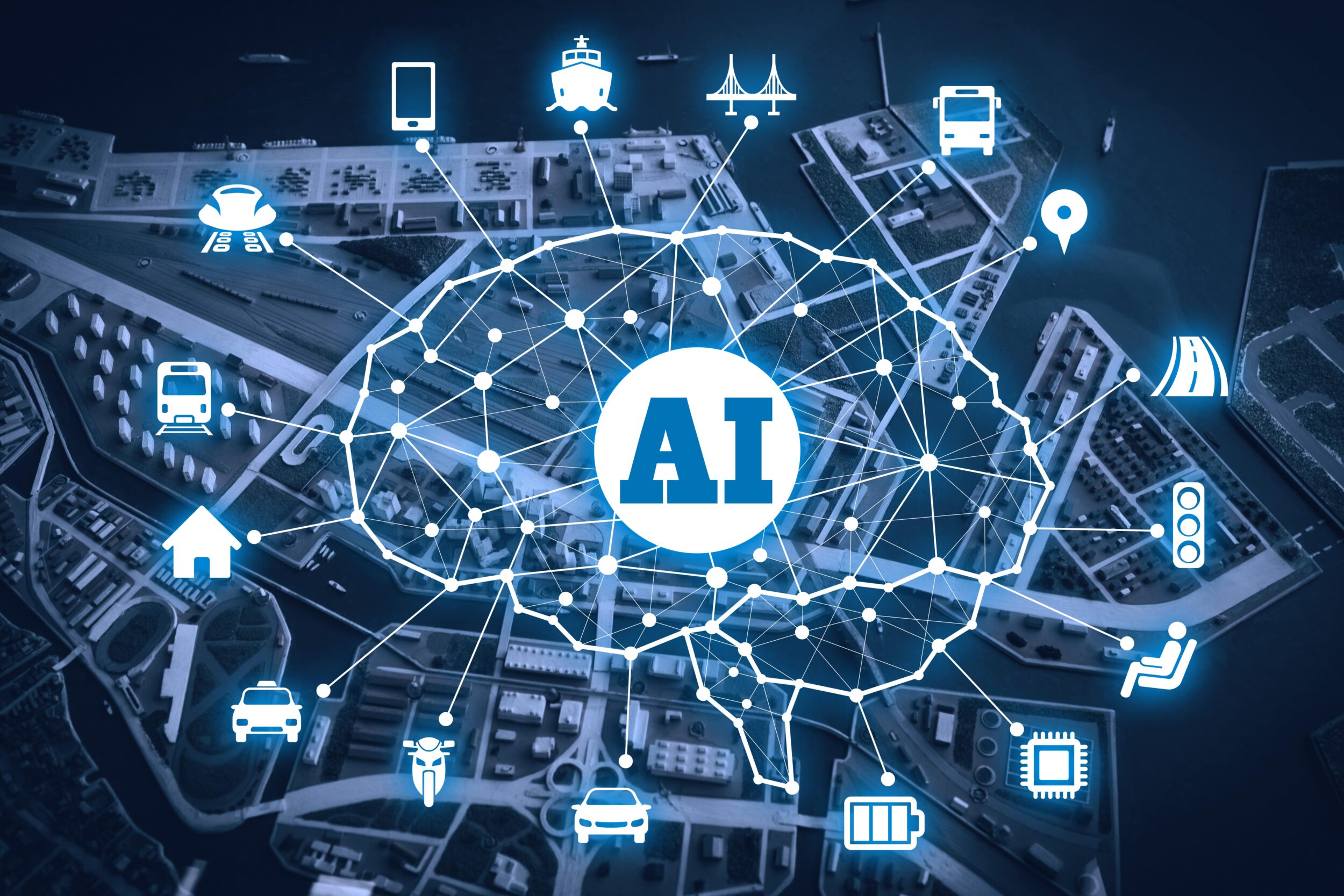Leveraging Technology in
Construction and Infrastructure
An Intimate Look into the
Shifts and Challenges

Sid Shah
President & Co-Founder
The construction industry has undergone several evolutions since ancient times. Looking back at the architectural wonders of Ancient Greece or Ming Dynasty China, it’s clearly evident how far the industry has progressed. In ancient Greece, massive temples were constructed utilizing wooden cranes powered by donkeys. Similarly, the Great Wall of China, spanning a remarkable 13,171 miles, was built primarily by manual labor, with the assistance of simple machines such as handcarts, crowbars, and wheels.
Technology in Construction
Fast forward several centuries to today, I’ve noticed a radical shift in the construction and infrastructure sectors. Previously dominated by manual processes, these sectors are now vibrant with technological innovation. The introduction of AI, GIS, and various digital tools are reshaping how we approach construction and infrastructure. Here’s a deeper dive into what I’ve realized through this transformation journey.
In our modern era, the construction industry has access to cutting-edge solutions that optimize complex processes essential for constructing refineries, power plants, data centers, and critical infrastructure vital to our generation.
In our journey towards progress, it’s evident that despite the significant advancements made in technology in construction, achieving full-scale implementation is still a challenge. While the donkey crane era is long gone, the construction sector still finds itself entrenched in analog practices. Even with the introduction of innovative technologies, our workflows continue to rely on conventional analog practices across the entire project lifecycle.
Within our industry, inefficiencies, delays, misplaced documents, and miscommunication persist, particularly when multiple external parties are involved. Addressing these challenges and transitioning to a fully digital construction landscape is crucial for enhancing productivity and ensuring seamless collaboration.
The Legacy System Quandary
I’ve always felt that while legacy systems provide the comfort of familiarity, they can also become a barrier in today’s fast-paced environment. As I transitioned from old systems to modern platforms, I encountered resistance from colleagues, especially those who had been with the company for years. This resistance made me realize the importance of interactive training methods to ease the shift.
Workforce Evolution & Continuous Learning
I have observed a unique challenge as newer generations entered the workforce: how do you bridge the experience of veterans with the fresh perspectives of newcomers? I felt that targeted training, identification of skill gaps, and collaboration with educational institutions could be the answer to ensuring that the workforce remains relevant in this evolving technological landscape.
GIS: A Paradigm Shift in Infrastructure Planning
In my interactions with ESRI’s Survey123 and other GIS tools, I realized the tremendous potential they have in reshaping infrastructure planning. When working on urban projects like those in Arlington County, I noticed how GIS can be instrumental in maximizing limited space, especially during unprecedented events like the recent pandemic.

Sustainable Development through Technological Integration
I’ve always been an advocate for sustainable development. Using technologies like GIS made me understand the balance between our developmental goals and the pressing need for environmental conservation. Through GIS, I noticed a more comprehensive view of projects that took into account ecological considerations.
AI in Construction
In today’s world, AI technologies like ChatGPT and digital assistants like Siri and Alexa have fascinated people all across the globe. AI is constantly evolving the way industries used to work, and the one sector that can leverage its benefits is construction. The construction industry is not fully digital yet, but AI can make a big difference. It can help us work more efficiently, deliver improved quality of work, and perform better.
AI intrigued me from the outset. As its applications in infrastructure grew, I also sensed a palpable skepticism, especially from policy-makers. It made me realize the need for:
Responsible AI: Ensuring AI models are transparent and fair.
Education & Communication: Simplifying AI and illustrating its practical benefits.
I felt the need for continuous training and a balanced approach to AI’s deployment to truly harness its potential while mitigating any associated risks.

Future of AI in Construction
We can optimize our construction processes with AI. Introducing cobots and robots to collaborate with our workers. Robots handle tasks that can be automated, while cobots operate independently or with minimal guidance. This setup accelerates construction, cuts costs, lowers the risk of injuries, boosts efficiency, and empowers smarter decision-making.
Thus, it is crucial for us, as business leaders, to invest wisely in AI when it’s most needed. Being the early adopters of this digital shift gives us a competitive advantage, enabling us to set the course and maximize our gains.
Conclusion
Embracing technology in construction and infrastructure is not just a trend but a necessity. Through my journey, I’ve realized the importance of understanding real-world challenges, fostering continuous learning, and adopting technological advancements responsibly. Though the path is strewn with challenges, the rewards promise efficiency, sustainability, and forward momentum.
Wish to Know More?
